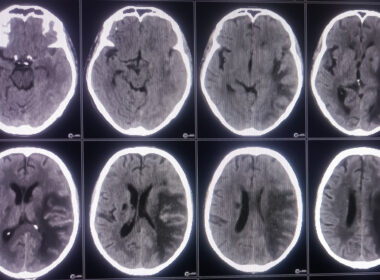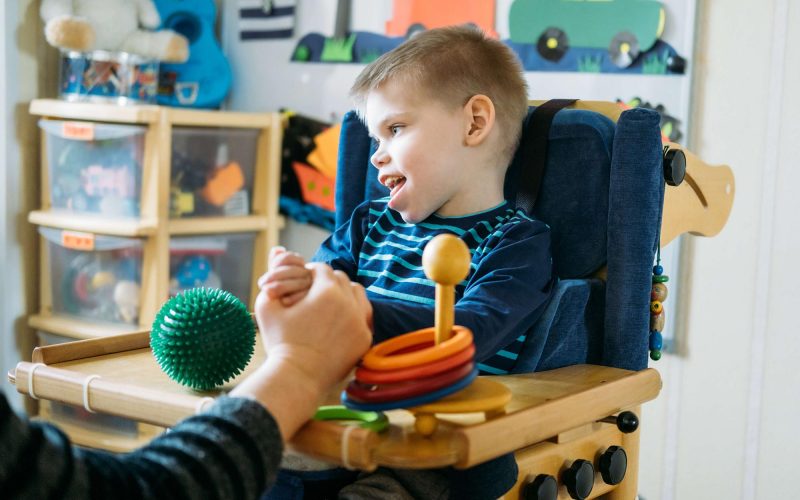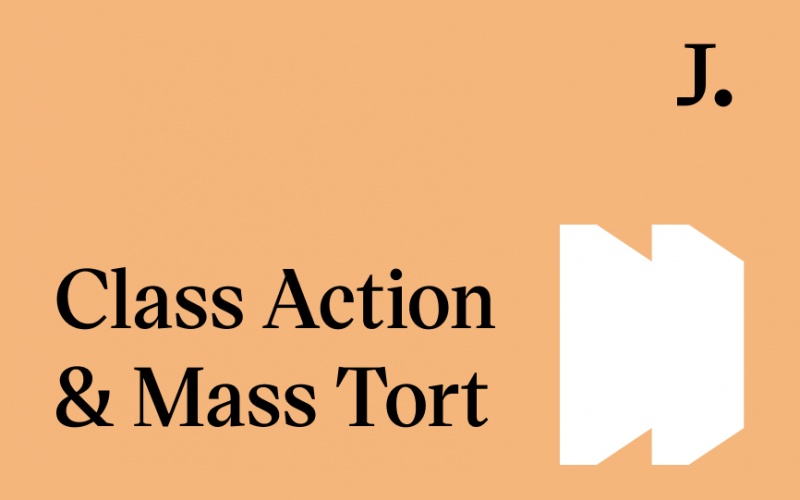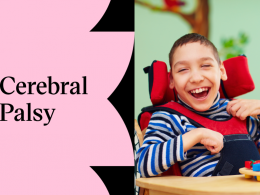Cerebral palsy can be a debilitating condition, but occupational therapy can help improve motor function and coordination. Rather than focusing on what someone with cerebral palsy cannot do, occupational therapy seeks to improve what someone with cerebral palsy can do. Occupational therapists use various techniques to help improve the quality of life and independence of people with cerebral palsy.
The Impact of Cerebral Palsy
Cerebral palsy is a group of disorders that affects the nerves in the body. Children with cerebral palsy can have varying levels of disability and health problems. They may have problems with balance, movement, and posture. Treatment for cerebral palsy often involves help from multiple specialists who work to help children achieve the highest levels of health and quality of life.
Children with cerebral palsy may struggle in the following areas:
- Walking
- Speaking
- Swallowing
- Coordination
- Balance
Occupational therapy will involve working with children to improve their movements and skills as much as possible within the constraints of their condition.
The Goal of Occupational Therapy
Children with cerebral palsy may struggle with various everyday tasks such as getting dressed, brushing their teeth, or writing due to their condition. Occupational therapy helps children with cerebral palsy improve their ability to perform daily tasks or “occupations.” The goal of occupational therapy is to help children with cerebral palsy do as much as possible for themselves and to develop the self-determination skills to live happy and productive lives.
Occupational therapy can help children in several specialty areas. For example, some occupational therapy sessions may focus on fine hand movements like writing, while others may focus on how to use mobility aids like leg braces. A child’s exact needs will help determine the focus of their occupational therapy sessions.
How Does Occupational Therapy Benefit Children with Cerebral Palsy?
Occupational therapy helps children with cerebral palsy improve function and independence. It can also help ensure that children do not lose the skills they have already learned. The skills they learn can also help them do better academically, socialize with those around them, and improve their overall behavior.
Activities Occupational Therapy May Help Improve
The following are activities that your child will likely work on with their occupational therapist:
- Getting dressed
- Brushing teeth
- Eating
- Writing or performing similarly fine-tune movements
- Using assistive devices
- Balance and coordination
Occupational Therapist: Role and Credentials
Occupational therapists typically have at least a master’s degree level of education. They collaborate with doctors and other medical professionals to improve the lives of children with cerebral palsy.
Sometimes, your child may work with an occupational therapist in a specific setting, such as a school, and therapy may specifically relate to skill sets that improve your child’s ability to learn.
An occupational therapist will first evaluate your child’s limitations and areas for improvement and then create an individualized treatment plan to help your child improve these skills.
An occupational therapist may help your child in the following ways:
- Teach your child how to do tasks that they may struggle with (such as writing)
- Demonstrate exercises to help your child build strength and skill
- Help your child utilize mobility aids and other tools
- Reinforce previous teachings and review skills so that your child maintains them
- Work with you and your child to develop realistic independence goals and help you make a plan for reaching these goals
- Evaluate your child’s progress and work with other medical personnel to recommend further care
Identifying a Child’s Needs
Occupational therapists will need to look at your child holistically to identify problems and difficulties resulting from your child’s cerebral palsy diagnosis and other related issues. For example, children with cerebral palsy may experience problems with movement but may also have intellectual, hearing, or vision impairments. An occupational therapist may evaluate your child’s:
- Movement abilities and involuntary movements
- Stiffness and muscle density
- Levels of awareness and depth perception
- Available support compared to support needs
Cerebral Palsy Types and Changes in Occupational Therapy Strategies
The type of cerebral palsy your child has will impact the goals and strategies of an occupational therapist. Consider the following types of cerebral palsy:
- Spastic cerebral palsy: This type has to do with muscle stiffness. Children with this type of cerebral palsy might have trouble with movements on one or both sides of the body.
- Dyskinetic cerebral palsy: People with this type of cerebral palsy have difficulty controlling their movements. They may move in ways that are rapid and jerky.
- Ataxic cerebral palsy: The main problems with this type of cerebral palsy are issues with coordination and balance. It may be challenging for children with this type of cerebral palsy to engage in activities that require a lot of fine-tuned motor skills and control.
Occupational therapists will consider what type of cerebral palsy a child has and work to implement strategies that target the affected parts of the body and areas of skill difficulty.
What Techniques and Devices do Occupational Therapists Use to Help Children with Cerebral Palsy?
Occupational therapists tailor their strategies to each child’s unique needs. Their approach will depend on the type and severity of your child’s cerebral palsy symptoms and involve setting realistic goals for improving your child’s function. Occupational therapists will also tailor their approach based on your child’s age when choosing developmentally appropriate games for your child, for example.
The occupational therapist will also work with you, teaching you how to review skills and help your child retain what they learn.
Here are just a few examples of how an occupational therapist might help a child with cerebral palsy:
- A child with cerebral palsy may have difficulty with writing. An occupational therapist will work to improve this skill, possibly by introducing writing aids to help them grip a pen or pencil.
- A child with cerebral palsy may have trouble getting dressed. An occupational therapist works with them on fine motor skills like buttoning buttons and tying shoes.
- A child may have upper body weakness related to cerebral palsy. An occupational therapist helps the child through exercises and activities that help improve upper body strength.
- A child may have weakness on one side of the body from cerebral palsy. An occupational therapist helps the child use both sides of the body in activities to strengthen and improve function on the weaker side.
- A child may struggle with specific steps in their morning routine. An occupational therapist breaks down the tasks a child will need to complete to create a plan of where a child will need extra help or assistive devices, including adaptive dressing aids.
Does Occupational Therapy Cure Cerebral Palsy?
Occupational therapy is not a cure for cerebral palsy. Instead, it focuses on improving function and helping manage symptoms. Fostering independence and productive activities can also help improve your child’s mental, social, and emotional well-being.
The skills your child learns in occupational therapy can help them prepare to interact with others and function in new social settings like school and, later on, work.
Getting Your Child the Help they Need After a Cerebral Palsy Diagnosis
Occupational therapy is one component to help your child with cerebral palsy achieve the highest level of functioning. Families may be unsure of how they can afford ongoing treatment. In some cases, particularly when cerebral palsy is caused by medical malpractice, patients with cerebral palsy may be eligible for financial compensation to assist with their treatment. You can contact Justpoint for more information about your rights after experiencing medical negligence. Our team can connect you with experienced cerebral palsy lawyers who can review your child’s medical records to help determine whether or not medical malpractice may have contributed to your child’s diagnosis.












